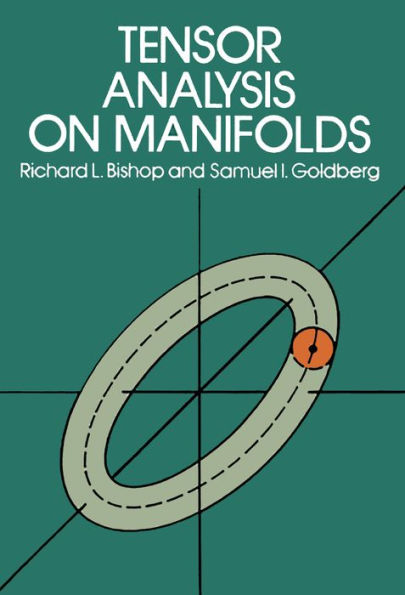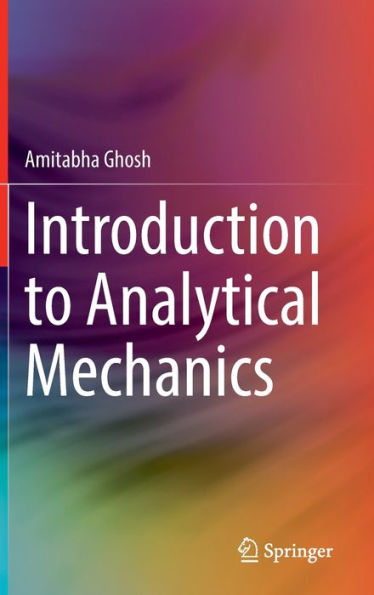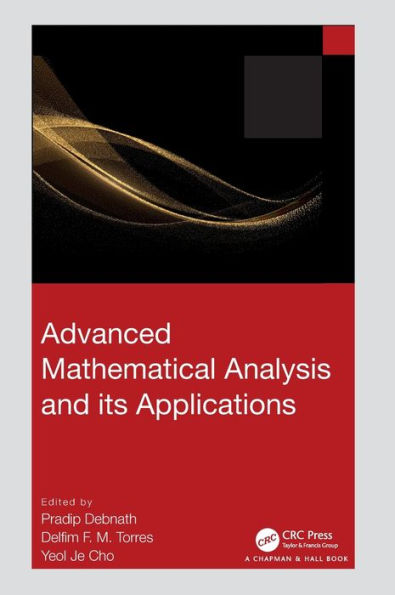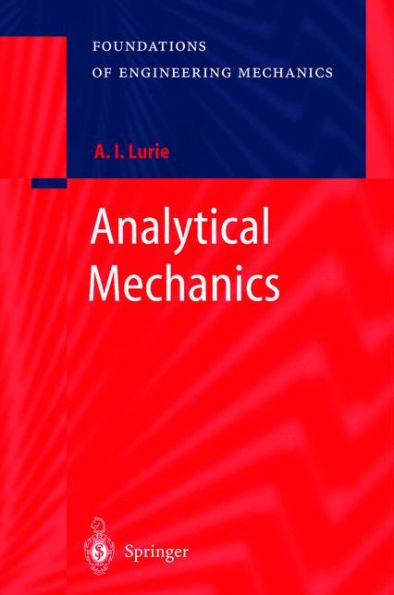Home
Tensor Analysis With Applications In Mechanics
Loading Inventory...
Barnes and Noble
Tensor Analysis With Applications In Mechanics
Current price: $137.00
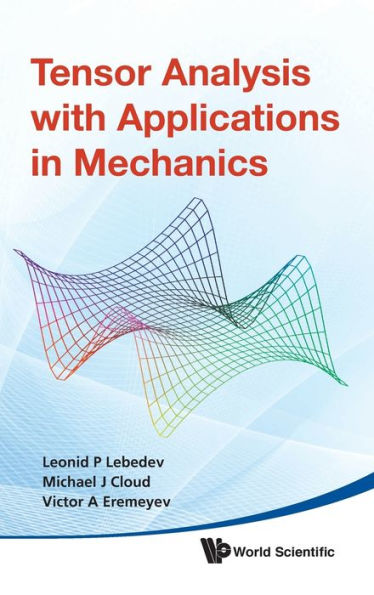

Barnes and Noble
Tensor Analysis With Applications In Mechanics
Current price: $137.00
Loading Inventory...
Size: OS
*Product Information may vary - to confirm product availability, pricing, and additional information please contact Barnes and Noble
The tensorial nature of a quantity permits us to formulate transformation rules for its components under a change of basis. These rules are relatively simple and easily grasped by any engineering student familiar with matrix operators in linear algebra. More complex problems arise when one considers the tensor fields that describe continuum bodies. In this case general curvilinear coordinates become necessary. The principal basis of a curvilinear system is constructed as a set of vectors tangent to the coordinate lines. Another basis, called the dual basis, is also constructed in a special manner. The existence of these two bases is responsible for the mysterious covariant and contravariant terminology encountered in tensor discussions.A tensor field is a tensor-valued function of position in space. The use of tensor fields allows us to present physical laws in a clear, compact form. A byproduct is a set of simple and clear rules for the representation of vector differential operators such as gradient, divergence, and Laplacian in curvilinear coordinate systems.This book is a clear, concise, and self-contained treatment of tensors, tensor fields, and their applications. The book contains practically all the material on tensors needed for applications. It shows how this material is applied in mechanics, covering the foundations of the linear theories of elasticity and elastic shells.The main results are all presented in the first four chapters. The remainder of the book shows how one can apply these results to differential geometry and the study of various types of objects in continuum mechanics such as elastic bodies, plates, and shells. Each chapter of this new edition is supplied with exercises and problems — most with solutions, hints, or answers to help the reader progress. An extended appendix serves as a handbook-style summary of all important formulas contained in the book.

